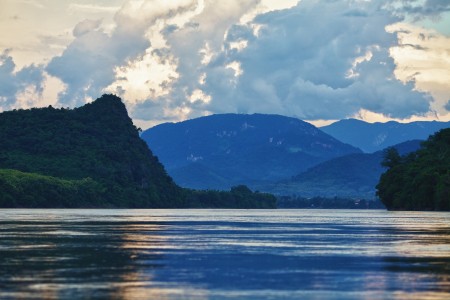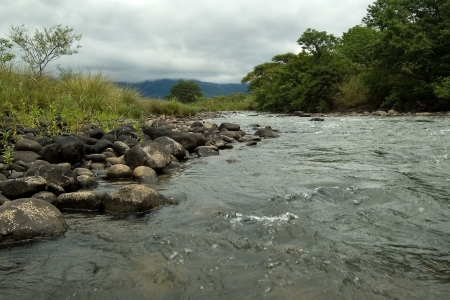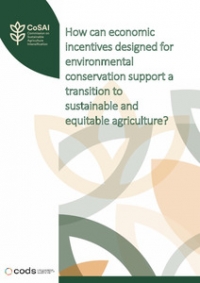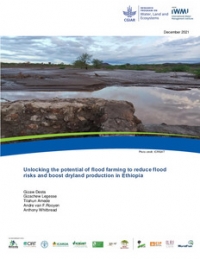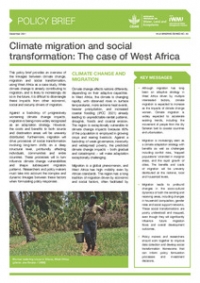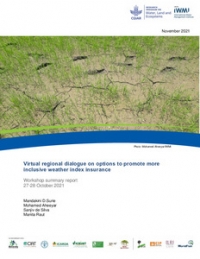What is the future for Indonesia and its landscapes? The country is at an extraordinary moment. Under the new populist government of Joko Widodo, huge areas of the country’s state lands, including some of the world’s largest remaining tropical rainforests and peatlands, may change hands in the next few years.
Meanwhile, the recent forest fires and smoke from smouldering peatlands are triggering a new round of international concern about how to stop one of the world’s largest natural carbon sinks giving a new boost to global warming. In the weeks before the Paris climate conference, the fires made Indonesia briefly an even bigger emitter of greenhouse gas than the US.

Widodo promised action. But fixing the problem will be hard, for the roots of the conflagrations lie amid the country’s dilemmas about its forests and who should be in charge of them. And his most ardent supporters are on the front line.
Indonesia is an ecological colossus, but also a global environmental liability. It has the second largest expanse of tropical forests in the world. Following Brazil’s drive to protect the Amazon, Indonesia also has the fastest rate of deforestation anywhere.
Meanwhile it has the world’s largest assemblage of peatlands. And thanks to an orgy of drainage for agriculture in recent decades, these are rapidly drying, leaking greenhouse gases into the atmosphere. Today, more than 60 percent of Indonesia’s greenhouse gas emissions come from its degrading forests and peatlands.
The government has imposed a moratorium on new licences to clear forests with high-conservation value or to farm on peatlands. It says it wants to restore some two million hectares of drained peatlands by blocking drainage channels. But the fires keep burning, and the drains keep draining.
So what is going on? The debate was laid bare in Paris at the start of December, during the Global Landscapes Forum, held during the Paris climate negotiations. The key is the country’s complex land politics.
Forests returned to indigenous peoples
The Widodo government has strong support from two main groups: smallholders and indigenous people. Its land policies – and contradictions - are determined by a concerted effort to help those two disadvantaged groups without destroying the agribusinesses that have driven the country’s growing prosperity.
The growth of agribusiness began half a century ago when the Suharto government grabbed state control of the country’s forests, largely at the expense of its 70 million indigenous peoples, and began handing that land out in large concessions to corporations. Now, following a ruling of the country’s Constitutional Court two years ago that the state capture was illegal, this land grab is set to be reversed.
Following his election in 2014, Widodo issued regulations enabling communities to reassert their old land claims. The Ministry of Environment and Forestry announced that it would redistribute 12.7 million hectares of state forests and commercial concessions in the next four years – a good start on the 84 million hectares that indigenous groups claim under customary law.
Indonesia’s indigenous people will protect the forests that are returned to them, says Abdon Nabadan, secretary-general the Indigenous People’s Alliance of the Archipelago, which is currently organizing the world’s largest initiative to map customary lands.
But handing back this land could be a complex process of negotiation with the country’s hugely powerful palm oil industry, whose concessions across forests and former forests now cover some 16 million hectares.
Palm oil is the backbone of Indonesia’s economic growth. The country produces around half of this globally traded commodity – a vegetable oil that appears in an estimated one in three products on supermarket shelves, from cosmetics to cookies. Satisfying commitments to maintain production, while returning land to their former owners, is going to be a tough task for Widido.
The palm-oil industry in Indonesia is dominated by five major processors and traders. But their size makes them vulnerable. Buffeted by campaigns from Greenpeace and others, these companies have become among the first Asian corporate giants to adopt pledges to zero deforestation and the protection of peatlands within their concessions.
Major western buyers fear that, without a clean-up of the palm oil supply chain, they might be forced to find alternative vegetable oils, says Jeff Seabright of Unilever, the largest buyer.
Achieving commitments to zero-deforestation in supply chains will be hard, however, said the Center for International Forestry Research (CIFOR)’s Pablo Pacheco, speaking during the Action on zero-deforestation pledges session, one of several sessions at the Global Landscapes Forum that discussed Indonesia, its forests and its palm-oil industry. As Petra Meekers, director of sustainable development at Musim Mas, one of the big five, admitted “the challenge lies in extending policies to the full supply chain, right down to smallholders.”
To put out the fires, palm oil smallholders need government assistance
And here is the third constituency in this tussle for control of Indonesia’s land: the palm oil smallholders. There are around two million of them and they grow an estimated 40 percent of the country’s crop. They are widely blamed for setting the forest fires to clear land for cultivation.
They do not deny it. “Fire is the cheapest way of preparing land for a plantation. If you have no money, that is what you do,” Mansuetus Darto, national coordinator of the Palm Oil Smallholders Union, agreed in Paris during a session on engaging the private sector. Not surprisingly, some companies think the best way to clean up their supply chain is to eliminate smallholders.
But Darto says the solution is not to demonise smallholders, but to help them. He wants the government to provide assistance so they can increase their productivity. Then they won’t need to clear new forests. He complains that, despite its promises, the government is not yet doing that. Local officials, some say, are keener on satisfying the needs of big companies over smallholders.
Others argue that solving the fire problem will require more than a bit of extra training. There is complex local politics at play, says Herry Purnomo, who investigates the political economy of Indonesia’s forest fires for CIFOR.
It may often be smallholders who set the fires, he says. But typically they are doing the bidding of syndicates that control land. “It is local elites who organise the farmers in setting fires,” Purnomo said in Paris. The proof, he suggests, is his discovery that there are usually more fires in the months before local elections. Fires show that land is being handed out to smallholders by those elites – as bribes in return for votes in the elections. The root problem is lack of secure access to land. The smallholders, like Indonesia’s indigenous people, remain at the bottom of the pile.
Land injustice remains at the heart of the deforestation problem in Indonesia. It is the tinder that ignites the fires. Widodo has a job on his hands.



